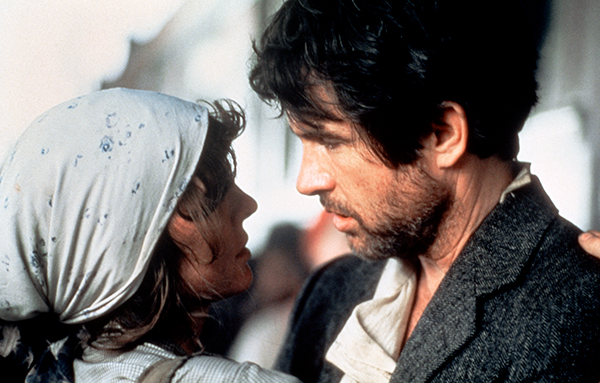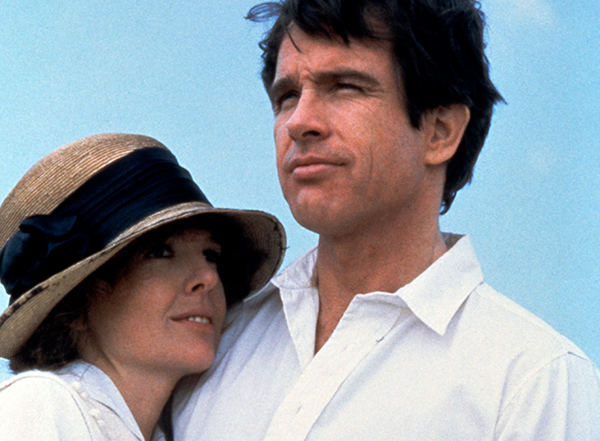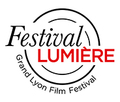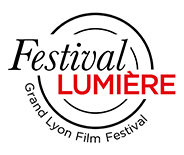Idealism
Utopian comrades
PostED ON OCTOBER 18 2022
How Warren Beatty got Hollywood producers to make a saga on the Bolshevik Revolution: ‘Reds’, an emotional epic film with a tumultuous production process.
A movie like ‘Reds’ could never be produced in today's America - the obsession of an actor-director at the height of his fame, a political drama of unequalled scope... Moreover, when ‘Reds’ was finally released in December 1981, after a year of shooting and nearly two more devoted to editing, it was David Lean who was the reference: a modern, light-hearted, Brechtian and committed version of Doctor Zhivago? The movie’s untimely release after the epic failure of ‘Heaven's Gate’ seemed to sound the death knell of the new Hollywood, of personal and ambitious projects...
Since the 1960s, Warren Beatty, a confirmed democrat, who was a close friend of Bobby Kennedy’s before his assassination, and then of George McGovern’s, the unsuccessful presidential candidate in 1972, had dreamed of making a film about John Reed, the hotheaded American journalist who covered the October 1917 revolution from Petrograd. Reed penned a book that has become a classic: ‘Ten Days That Shook the World’. The acclaimed, Soviet filmmaker Sergei Bondartchuk even offered him the role in a revolutionary epic he was preparing in 1969. Beatty declined: it would be his film or nothing.
A Hollywood blockbuster about Bolshevism? Warren Beatty also rightfully characterized it as the magnificent love story between John Reed and Louise Bryant, a fellow journalist, who accompanied him on his trip to Russia. Although Beatty decided to take on the role of John Reed himself (after considering Sam Shepard), the female lead was given to his then girlfriend, Diane Keaton. In 1976, Beatty began working with the English playwright Trevor Griffiths for almost two years, until the co-writer threw in the towel, fed up with the actor's maniacal perfectionism. The latter resumed writing with the (uncredited) writer-director Elaine May. Locked away at a luxury hotel on the Champs-Elysées, she brought what the first script lacked: sensual chemistry between the two characters and the feel of a highbrow romantic comedy.

Reds, 1981 © DR
The entire first part of the film was devoted to the radical utopians, members of the American Socialist Party, who surrounded the journalist. They are free thinkers who opposed the corseted society of the time and believed in free love - the kind Louise also had decided to engage in with the playwright Eugene O'Neill (played by Jack Nicholson). A brilliant idea, which gave the film its rich mise en abyme: ask witnesses of the time to recount, on camera, the memories of this radical generation. It was a way of anchoring the story in a little-known American reality, but also of embodying it with humour.
Beatty was just coming off the phenomenal success of ‘Heaven Can Wait’, his first movie co-directed with Buck Henry, garnering nine Oscar nominations and a trophy in the end. Paramount followed him on ‘Reds’, less out of conviction than out of fear of losing its star. The budget escalated steadily - first estimated at 25 million dollars and finally costing almost double that - more than Cimino's ambitious but catastrophic film... Beatty's stubborn meticulousness delayed the shooting. He sometimes called for over fifty takes a scene - without giving clear indications to the actors - it is said that Nicholson was at times on the verge of tears. If we add the uncooperativeness of the weather (waiting for the snow to fall in Finland where the team had reconstituted Petrograd), filming dragged on and on, exceeding thirty weeks. Editing would be a whole other story, given the massive yards of footage.

Reds, 1981 © DR
And yet the finished version of the film gives a great impression of mastery. Its political content is intelligent and measured, portraying quite well how the revolutionary utopia is co-opted by the party headquarters. Thus, the activist Emma Goldman, expelled from the United States to Russia (which she finally fled in 1921), laments in that "the soviets have no power" - the real tipping point of the revolution. Above all, the ideology never overrides the powerful charm of the relationship between the two characters, often marked by the counterpoint shots of Diane Keaton's face as she watches her companion's idealism and even naivety. The film begins compellingly, almost like an American comedy from the 1930s, before slowly veering towards melodrama. The film's outcome was mixed: it was not a box office hit and lost the Oscar for Best Picture to the less ambitious ‘Chariots of Fire’. Beatty won the Oscar for Best Director, which seems to have been well deserved. He made a unique and fascinating work that American film historians have an unfortunate tendency to forget. Discovering it or seeing it again is a rare treat.
Aurélien Ferenczi
Screenings:
Reds by Warren Beatty (1981, 3h15)
Institut Lumière Tue. 18 8:15pm | Comoedia Wed. 19 2:15pm | Pathé Bellecour Thu. 20 2:30pm | UGC Confluence Fri. 21 8:30pm

